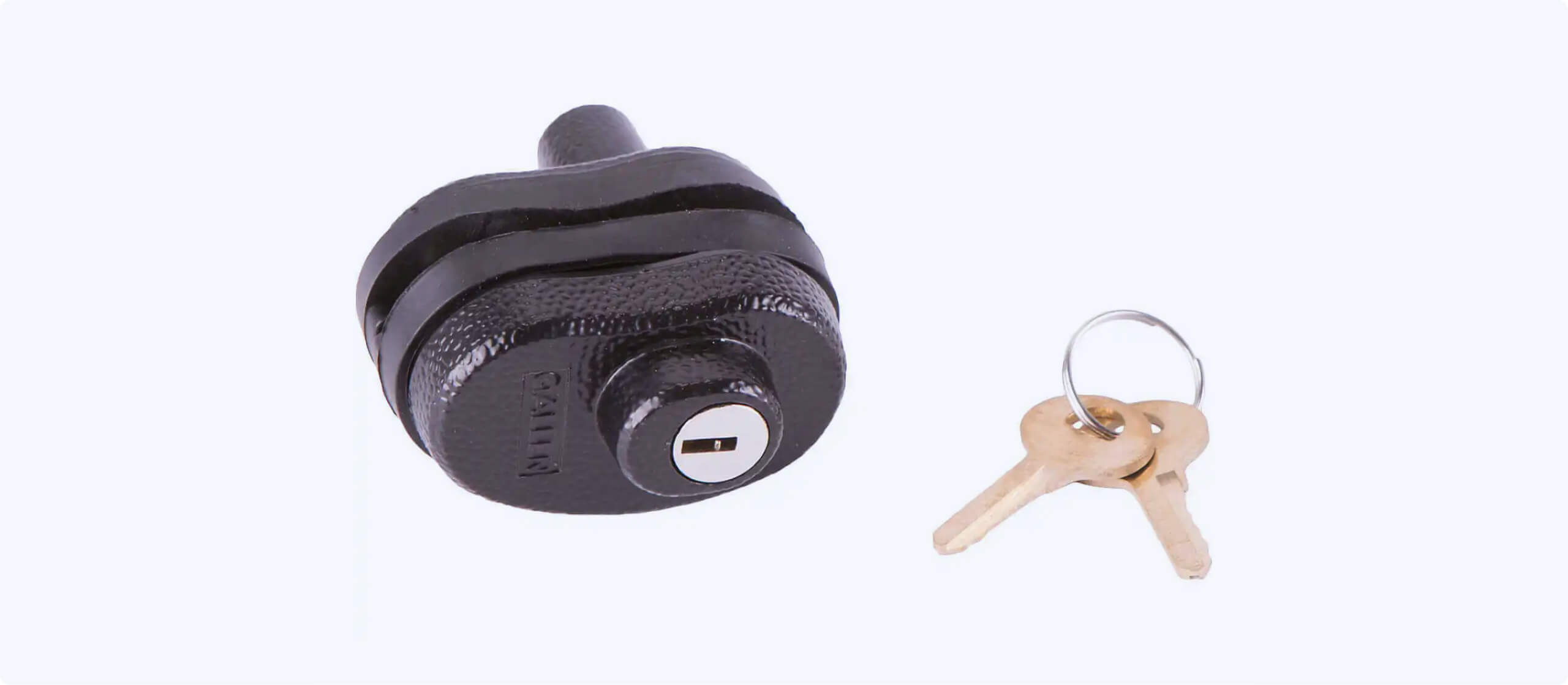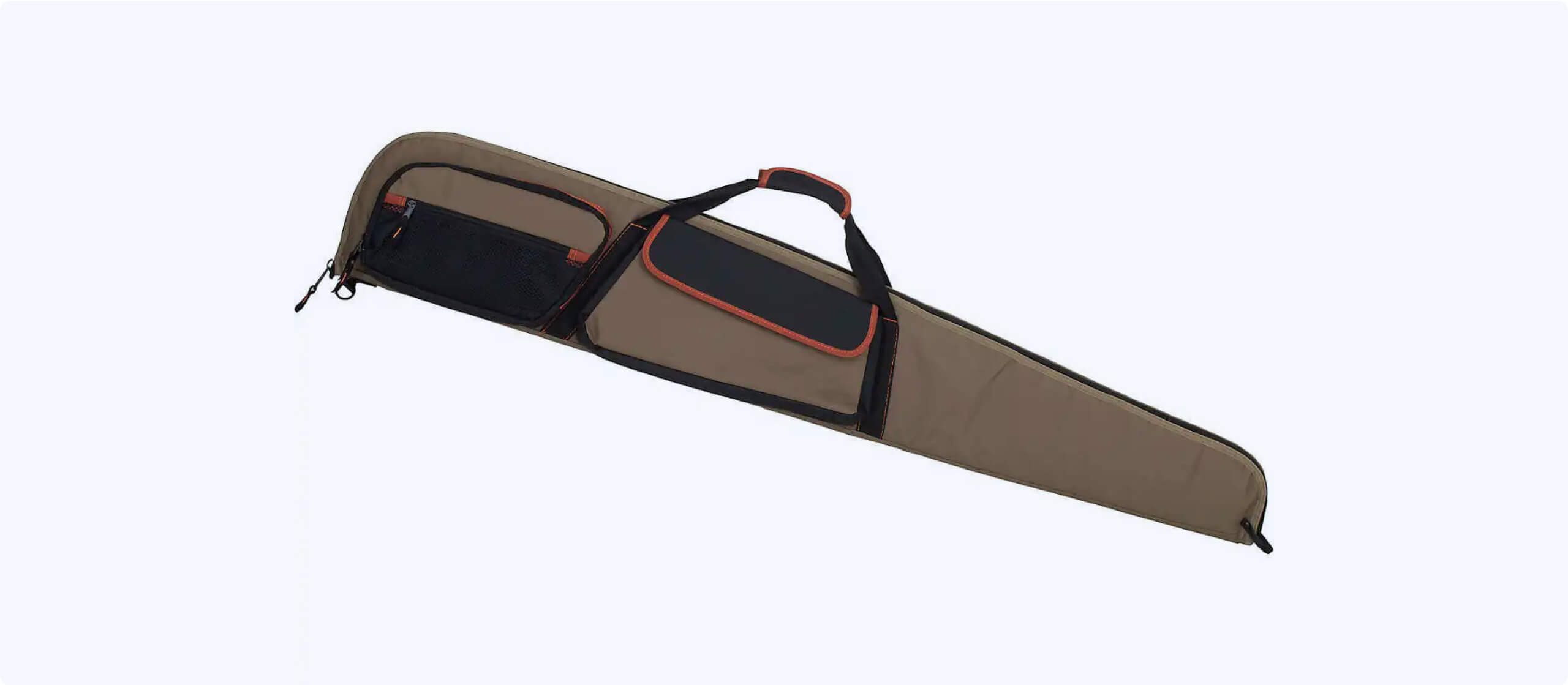Gun Safety Rules: Beginner Gun Owner’s Guide to Firearms
Having a strong grasp on gun safety rules is the most important foundation you can build upon as a gun owner or range shooter. There’s an enormous benefit to everyone who takes the time to fully realize these standards prior to purchasing a firearm.
Being informed helps you learn which gun is right for you and prepares you for your first time firing it. Our complete gun safety rules guide navigates you through the importance of firearm safety so you can feel more confident at the range and in-store choosing your next firearm.
Key Takeaways
Beginner Gun Safety Tips
Gun safety doesn’t just stop at the tips we explore in this guide. The world of firearms is broad — rich with a variety of rifles, shotguns, handguns, and others. Each of these weapons will all have its own unique considerations.
The following guidelines are meant to apply to most firearms. However, always refer back to your owner’s manual for any specific safety considerations to be mindful of before handling any weapon.
Know Your Local & State Gun Laws
Each state and city ordinances will have unique (even exhaustive) laws that you should be at least familiar with as a gun owner. It’s always a good idea to know them.
For example, if you’re traveling from your home to the gun range, how does your state or local ordinance expect you to secure the gun outside of your home? Knowing these laws can help you avoid future issues.
Consult a Retailer
Firearm retailers can be a great source of help if you’re unsure about which gun to purchase. But did you know they’re typically also knowledgeable about any safety gear you’ll need for your first trip to the range as well as other safety recommendations and equipment?
Firearms dealers and retailers can also recommend the best protective eyewear, range bags, and ear protection based on your unique needs or budget.
Know the 4 Cardinal Gun Safety Rules
When it comes to firearm safety rules, there are four universally recommended tips you should familiarize yourself with for maximum safety in and out of the range:
Rule 1: Always handle guns with the assumption that they are loaded
Anytime you handle a gun, it’s imperative that you first check the barrel to see if it’s loaded. It’s a non-negotiable best practice to assume that every gun you handle or are handed could be loaded.
Not only will checking the firearm to ensure whether it is loaded or not build up a positive safety-oriented habit. You’ll also show everyone around you that you respect the firearm and those around you regardless if you are at the range or not.
Expert Tip:
When you’re handed a gun you’re unfamiliar with, never be afraid to ask questions or get help checking to see if it’s loaded or not.
Rule 2: Keep the firearm pointed in a safe direction at all times
Whenever you handle a firearm, always orient the muzzle (or the gun point) in a direction that’s free of people. Part of responsible gun ownership is assuming that things can change and happen at any time.
Keeping your gun pointed in a safe direction at all times ensures that — even if the gun magically fires on its own, no one will get hurt nor will any property get destroyed.
Rule 3: Never touch the trigger until you’re prepared to shoot your target
Learning proper trigger finger discipline is a must-have skill for all gun owners and handlers. Whether you’re cleaning your firearm, dry-fire practice shooting, or are hunting or at the range, your finger must not touch the trigger until you have your target in your sights and are prepared to shoot.
Expert Tip:
A great place to rest your trigger finger when not prepared to shoot a target, keep it on the frame of the gun underneath the barrel.
Rule 4: Be informed about your target as well as the environment around it
At the end of the day, you’re ultimately the one in charge when you handle a firearm. Always acknowledge the responsibility you have for yourself and others around you.
Situational awareness is another learned skill that you’ll develop and sharpen the more times you handle and practice shooting your gun. Part of that situational awareness is maintaining control.
BEFORE your finger touches the trigger, you must know what the surroundings as well as what the target you intend to shoot looks like. The easiest way to avoid accidents and injury is to simply not be sure until you’re ready as well as the right, safe conditions are met.
Bonus Rules
- Maintain your guns properly to ensure you’re in full control: Get into the habit of inspecting the condition of your firearm before you take it out to shoot. When you spend a little time with it checking for any new signs of potentially dangerous wear or cracks, you’ll increase your knowledge about YOUR gun as well as know what to look for in case the gun becomes unsafe to use.
- Unauthorized people should never have access to your firearm: An unauthorized person can be any child who lives or visits your home, but it also includes any additional family members, friends, guests who visit your home. Also consider that criminals who may unlawfully enter are also to be considered an unauthorized person, too.
- Teach your family about gun safety: When appropriate, make time for your family to learn the best firearm safety practices to ensure that every member of your household is familiar with proper gun safety measures.
Enhance Your Safety
To enhance you and your family’s safety, here are some other things to consider:
Secure & Store Your Firearm
Firearm storage is another important consideration you should think about to maximize your safety. It will look a bit different for each type of gun:
- A simple handgun can be safely stored with a simple cable lock. They’re very accessible and affordable!
- Long hunting rifles will require more durable, sturdy gun safes or cabinets to safely store them.
Here’s a brief overview about the different types of safe gun storage:
Basic Safe Firearm Storage Options

Trigger Locks
Trigger locks come with either a key or a combination that clamps around the trigger and trigger guard, preventing the gun firing. Trigger locks are widely available and are typically more affordable than other options.

Gun Safes
Gun safes are the most secure approach to firearm storage. They’re heavy and can be bolted to the floor and/or walls — making them hard to steal as well as fire-resistant. Most hold several guns and can be opened with a key and/or a code.

Gun Cases
Gun cases act as a hybrid solution to trigger locks and gun safes. They’re portable, protect the firearm from damage while traveling, and can be externally locked like a safe.

Gun Cabinets
Gun cabinets are a more affordable alternative to more robust gun safes. They’re able to store several firearms while offering more aesthetic functionality. Cabinets, in a lot of ways, are more like furniture — meaning they’re not as secure as gun safes.
Safe Storage Tips:
- Hunting or range shooting firearm storage: If your gun is meant for hunting or range shooting, storing your guns and ammo separately under lock and key is one of the safest options.
- Home defense firearm storage: If your firearm is meant for personal defense, consult with your firearms retailer on security options that make the firearm accessible to you and safely inaccessible to other users.
Improve Your Firearm Skills
There are a number of ways you can improve your confidence and general firearm safety skills. Consider these easy, inexpensive options:
Dry-fire shooting practice
When you follow the previously mentioned 4 cardinal firearm safety rules, dry-fire shooting is a great way to practice safely handling your gun as well as to improve your firing skills. Best of all, this method is completely free!
So what is dry-fire shooting? Essentially, it’s exactly like taking your gun to a range — except with no bullets. In fact, we recommend you to keep your ammo safely stored away from your firearm any time you choose to use the dry-fire shooting method.
The best advantage this way offers shooters and gun owners is the convenience of doing this from the comfort of your home (or anywhere, really). And because there isn’t any ammo involved, it’s completely free (of course after your initial firearm purchase).
To optimize your dry-firing experience, you should consider getting a paper target to mount on a wall to give you a clear target to practice with. They’re inexpensive and will last you a while with proper care.
Practice handling your firearm by disassembling it to clean
Another free or low-cost way to improve your confidence with handling your firearm is to clean it! Doing so gives you a strong understanding about the various pieces of your gun. To properly clean your firearm, you’ll have to:
- Ensure it’s unloaded
- Disassemble it
- Apply gun lube or oil to specific areas
- Inspect the gun’s condition
- Reassemble it
Alternative Ways To Practice Gun Safety
If you want to improve your marksmanship and situational awareness skills in a group setting, you also have the following options:
- Take a course with a certified instructor
- Fire your gun at a range with target practice
- Join a shooting league or an organization
Next Steps
You won’t learn these gun safety rules overnight, but committing to practicing proper firearm safety often will help you to understand these best practices as well as improve your situational awareness skills. If you’re ready to purchase a firearm, head to your nearest Academy to consult our staff for all your gun needs.


